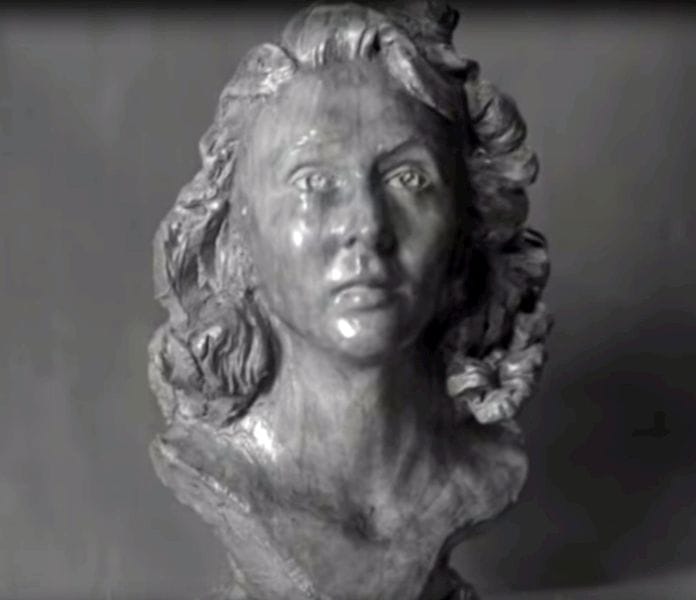![A 3D bust produced with the photosculpture process [Source: YouTube]](https://fabbaloo.com/wp-content/uploads/2020/05/image-asset_img_5eb092bebfc92.jpg)
How old do you think 3D scanning could be? It’s a lot older than you might imagine.
After reviewing our story on Adrian Bowyer’s proposal for a revolutionary 3D printing concept, Fabbaloo reader Franck Lacan, a Research Fellow in Additive Manufacturing at Cardiff University, pointed out these processes could be similar to some much older processes.
The Bowyer proposal, which I encourage you to read, is a combination of several recent technological developments: reverse CT scanning, electric 3D scanning and electropolymerization.
Reverse CT Scanning
The reverse CT scanning technique is a tech we wrote about earlier this year, and is literally the reverse of CT scanning. In CT scanning a beam is transmitted through the body. The beam rotates, and as it does so readings are recorded from different orientations. Software then takes all these readings and assembles a 3D model of the interior of a subject — usually a medical patient.
The reverse proposal involves projecting a beam into a vat of photopolymer resin in exactly the same way. By varying the power and orientation of the beam, the original object can be gradually reconstructed in the resin.
This idea of moving around a subject to obtain a number of different views in order to build up a 3D model is in fact not new at all. The “photo sculpture” process was invented in 1860 by French artist François Willème. According to Wikipedia:
-
“A photo-sculpture is the reproduction of persons, animals, and things, in 3-dimensions by taking a series of photos in the round and using them as synchronized photo projections to create a sculpture. The process was invented and patented by French artist (painter, sculptor and photographer) François Willème in 1860.
-
He took a series of photographs from around a subject and used them to carve a likeness of the figure. Contemporary photo sculptures are obtained through a process of 3D scanning and 3D printing. The results are small statues that represent the portrayed entity.”
Photosculpture in the 1930s
Here is a very old video from 1939 showing how the process worked. Be warned, the video is slightly sexist:
In effect the photosculpture process would record the profile edge of the subject at a series of rotational intervals. If these edge profiles were recreated in the same rotational angles, then an object could be reproduced. I suppose this is slightly similar to photogrammetry in that respect.
The photosculpture process was pretty rough, as you would imagine. In the video you can see artists manually fixing up the rough sculptures before finishing them.
Demise of Photosculptures
It’s not clear when the practice of photosculptures ended, but from the video it would appear that it might have been a popular thing to do in the 1930s. The video shows a number of then-celebrities having had the process done. But that could merely be a cooked video attempting to promote the technology for commercial purposes.
Today we know that “photosculptures” should be done with advanced 3D scanning and 3D printing. There are quite a number of ways to do this, and there are often local “photographers” who have specialized equipment set up to do so.
Could photosculpture be revived? I think it could easily be done as the tools to do so are so much better today than in previous centuries. However, current tools such as photogrammetry are superior so there’s not much point in doing so.











Anna Shcherbinina has been working at Artec 3D for nine years.